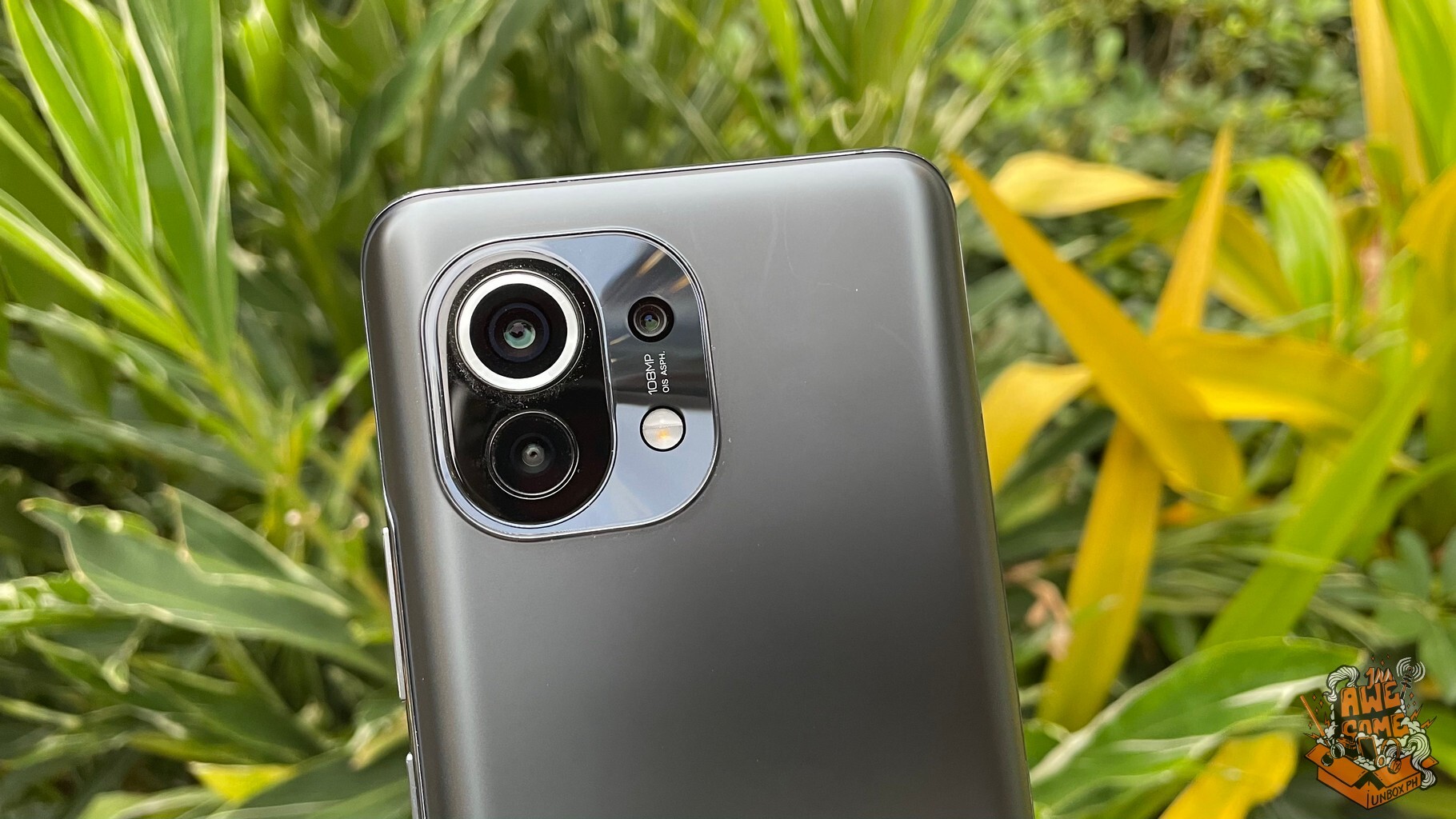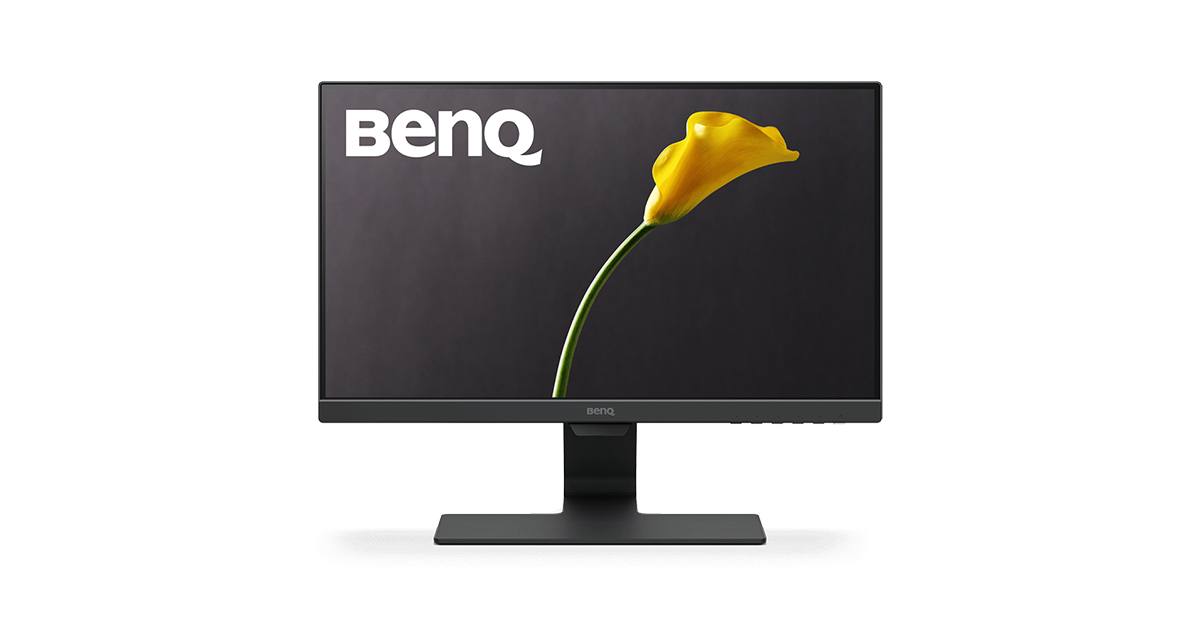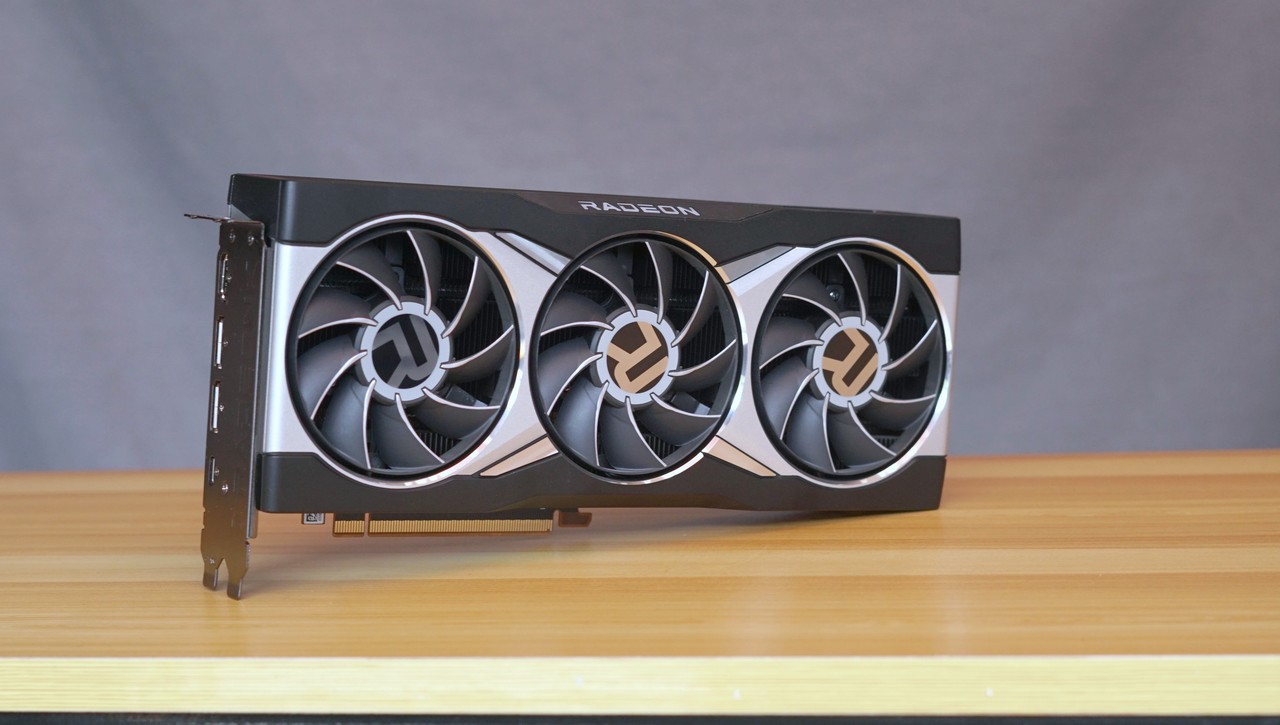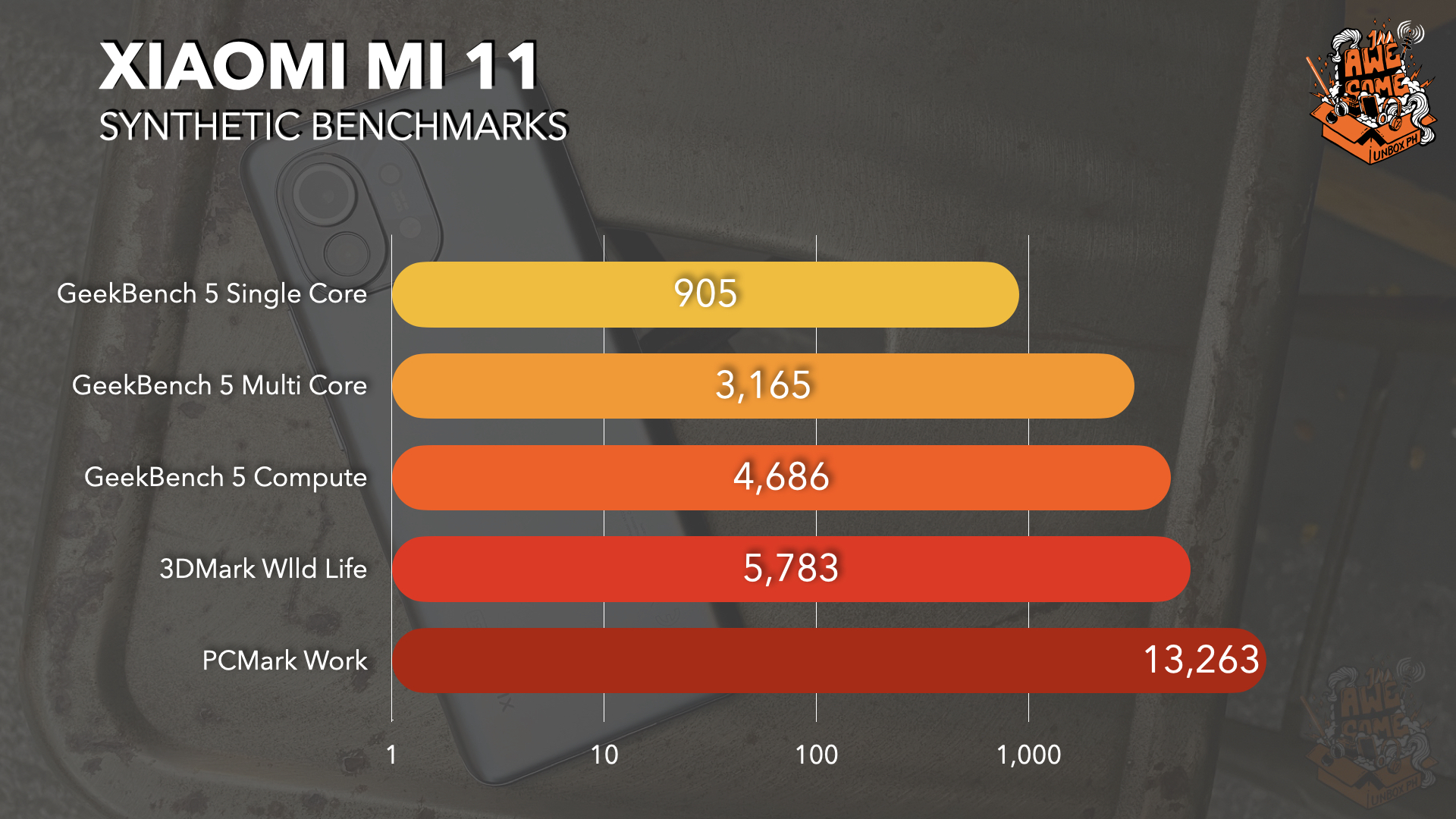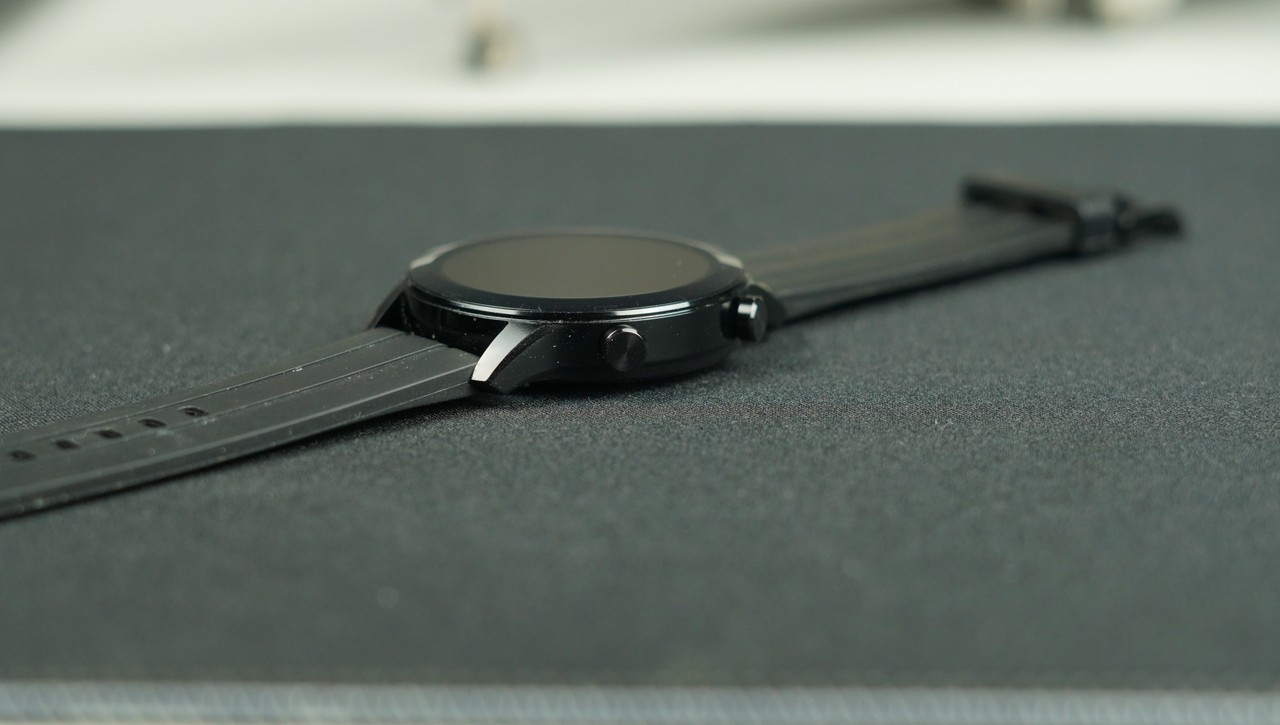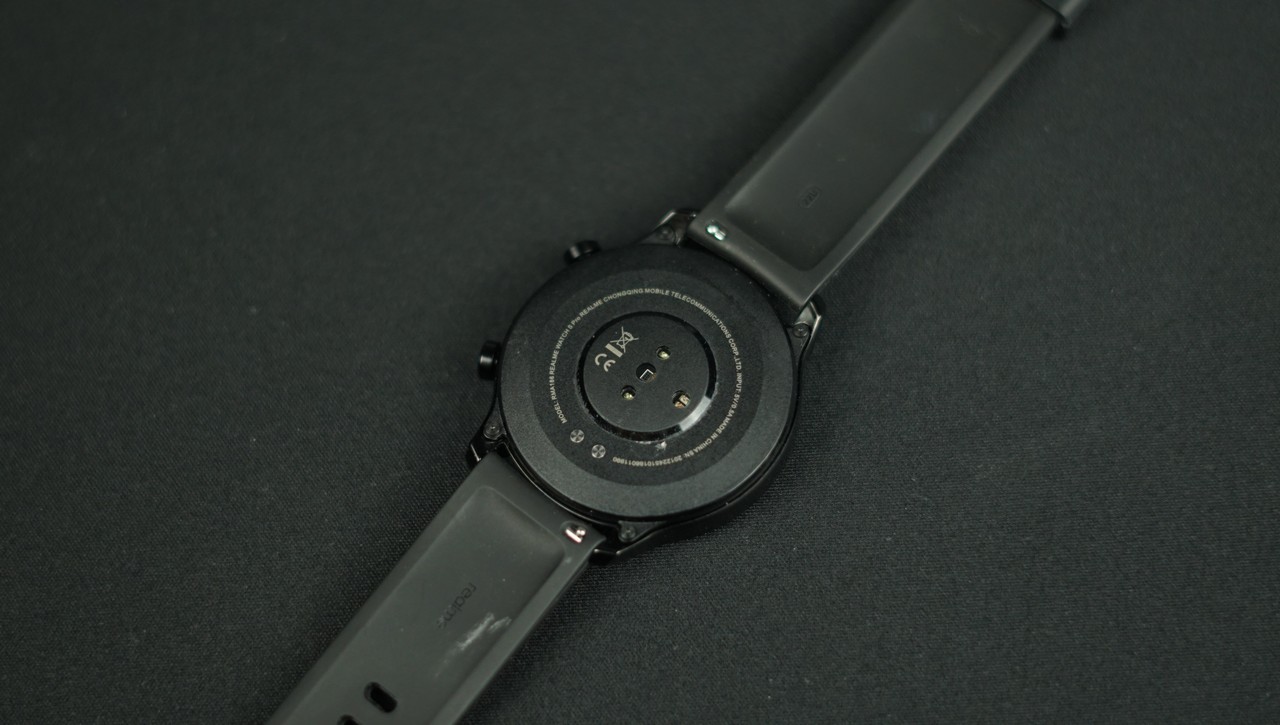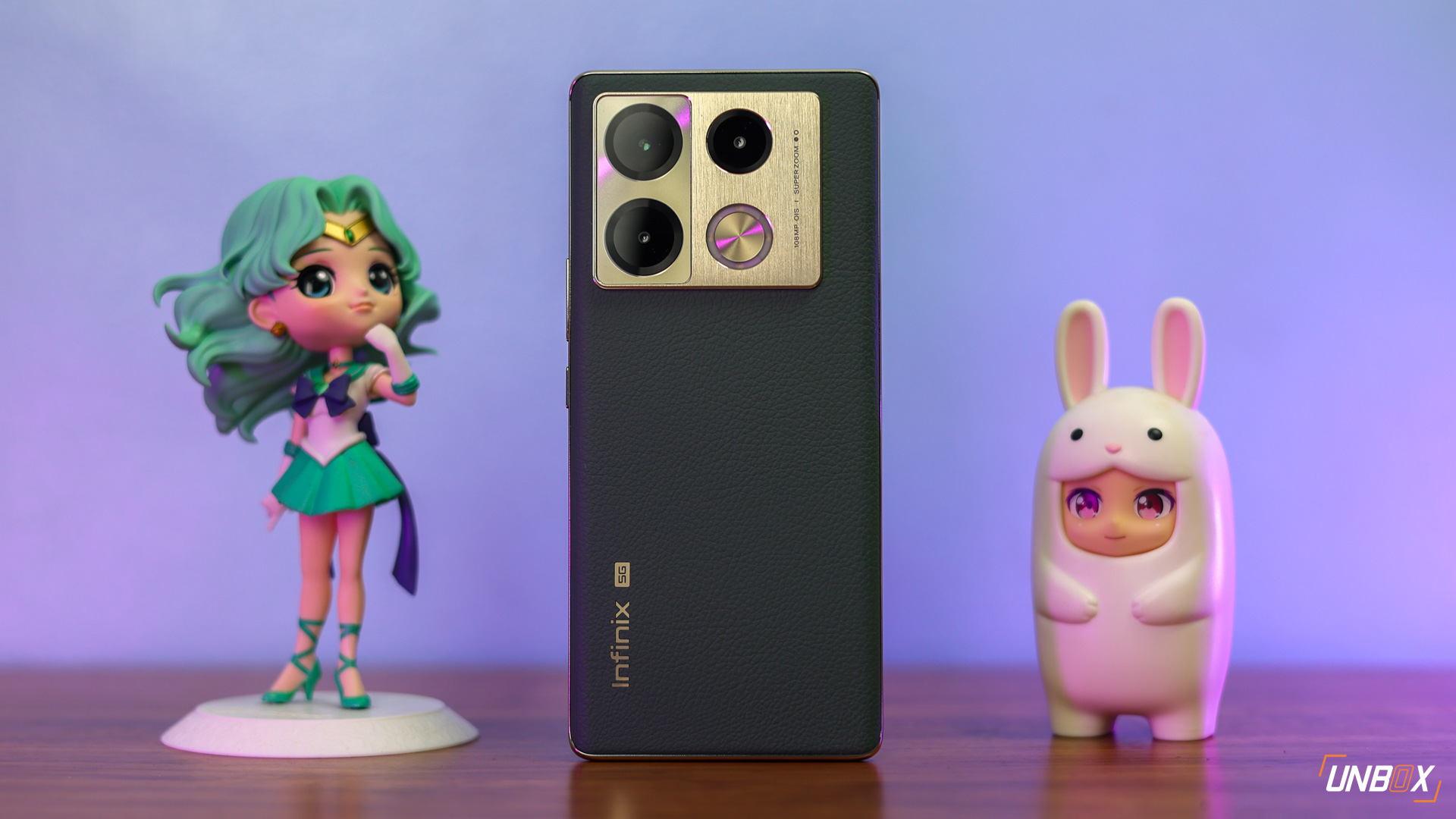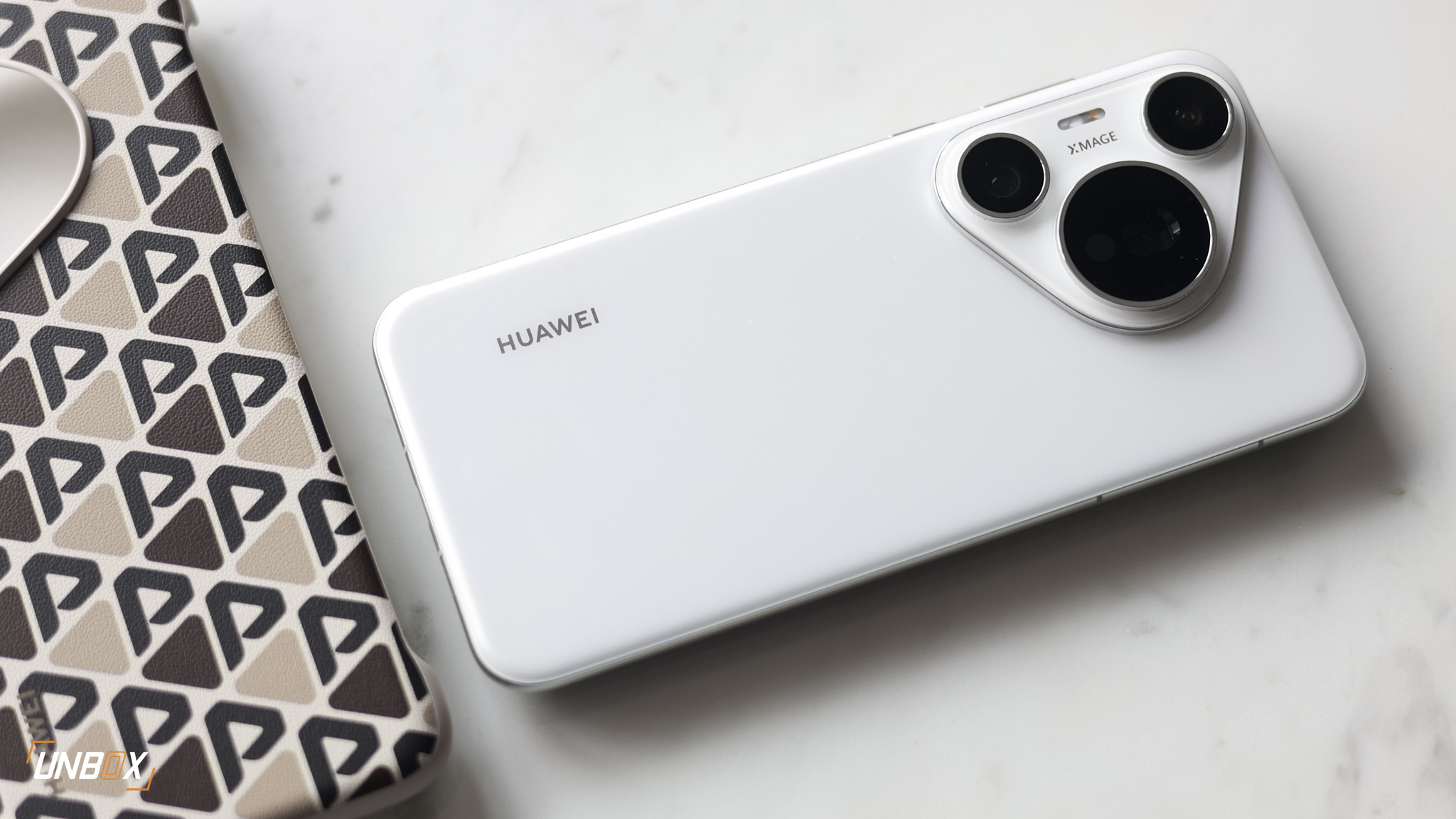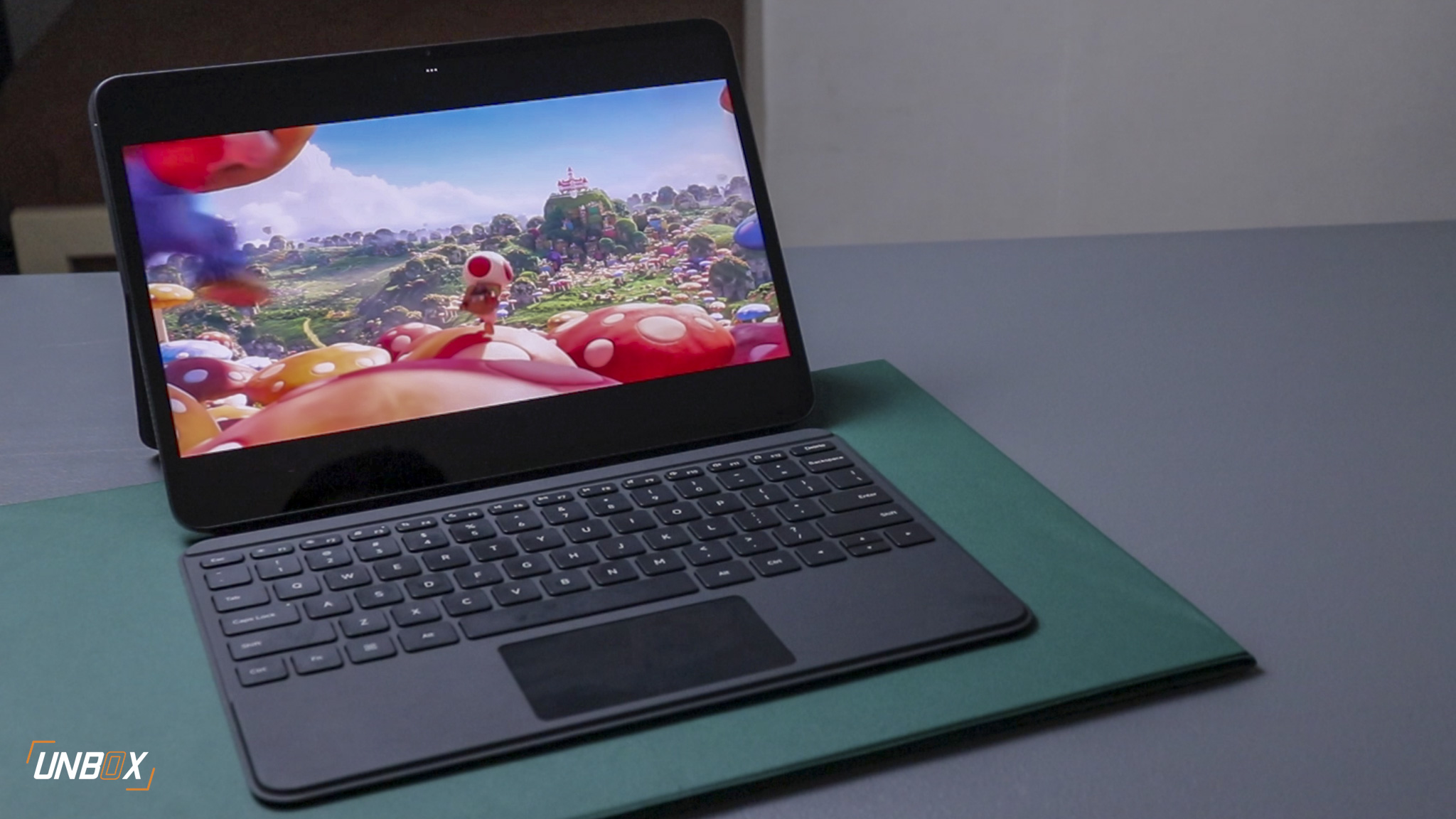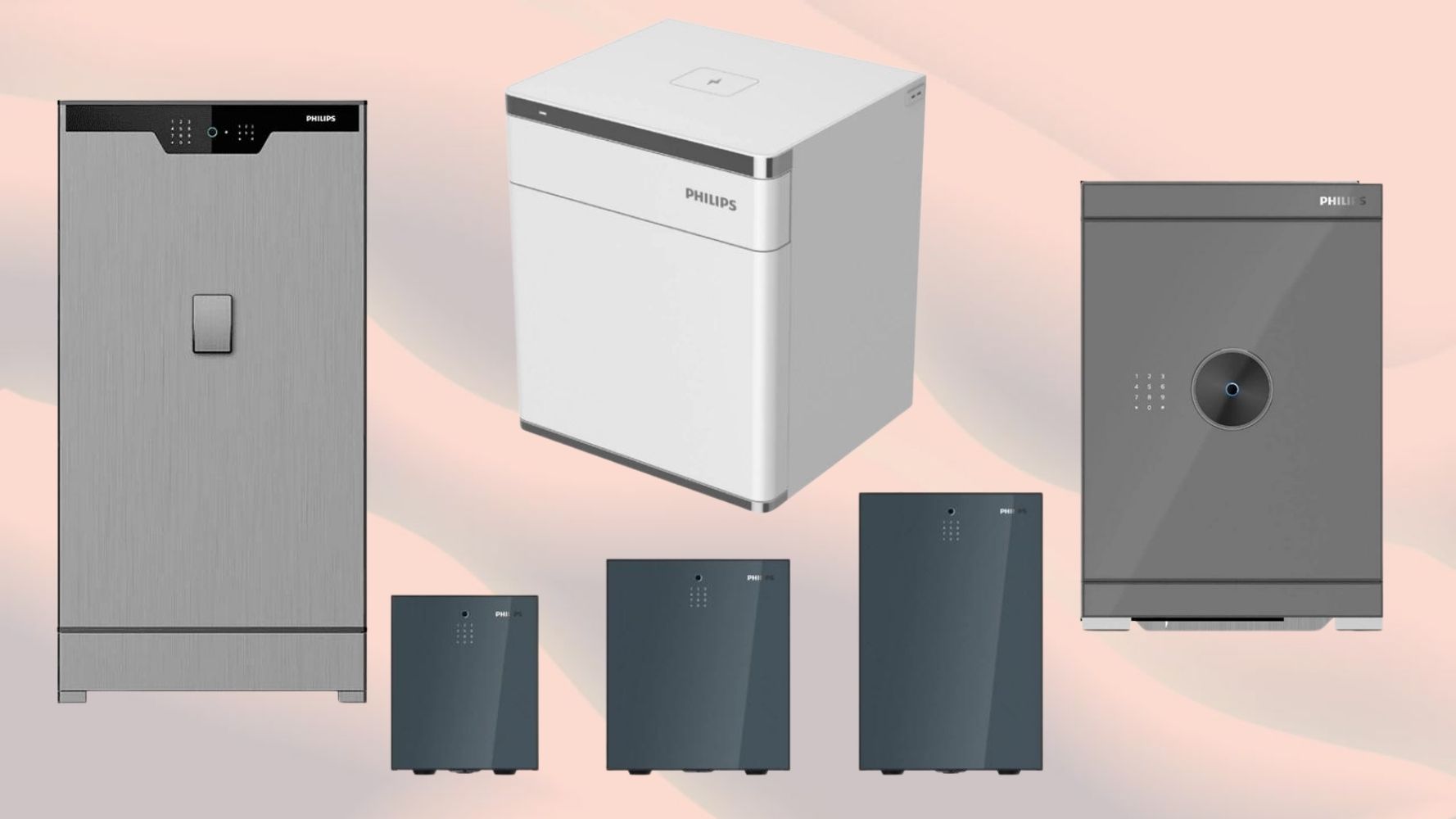Review Verdict: The Xiaomi Mi 11 is one of the best flagships that you can currently buy in the Philippines, and while it’s priced higher than the brand’s previous smartphone offerings the price-to-performance ratio is still right up there, especially considering what you’re getting.
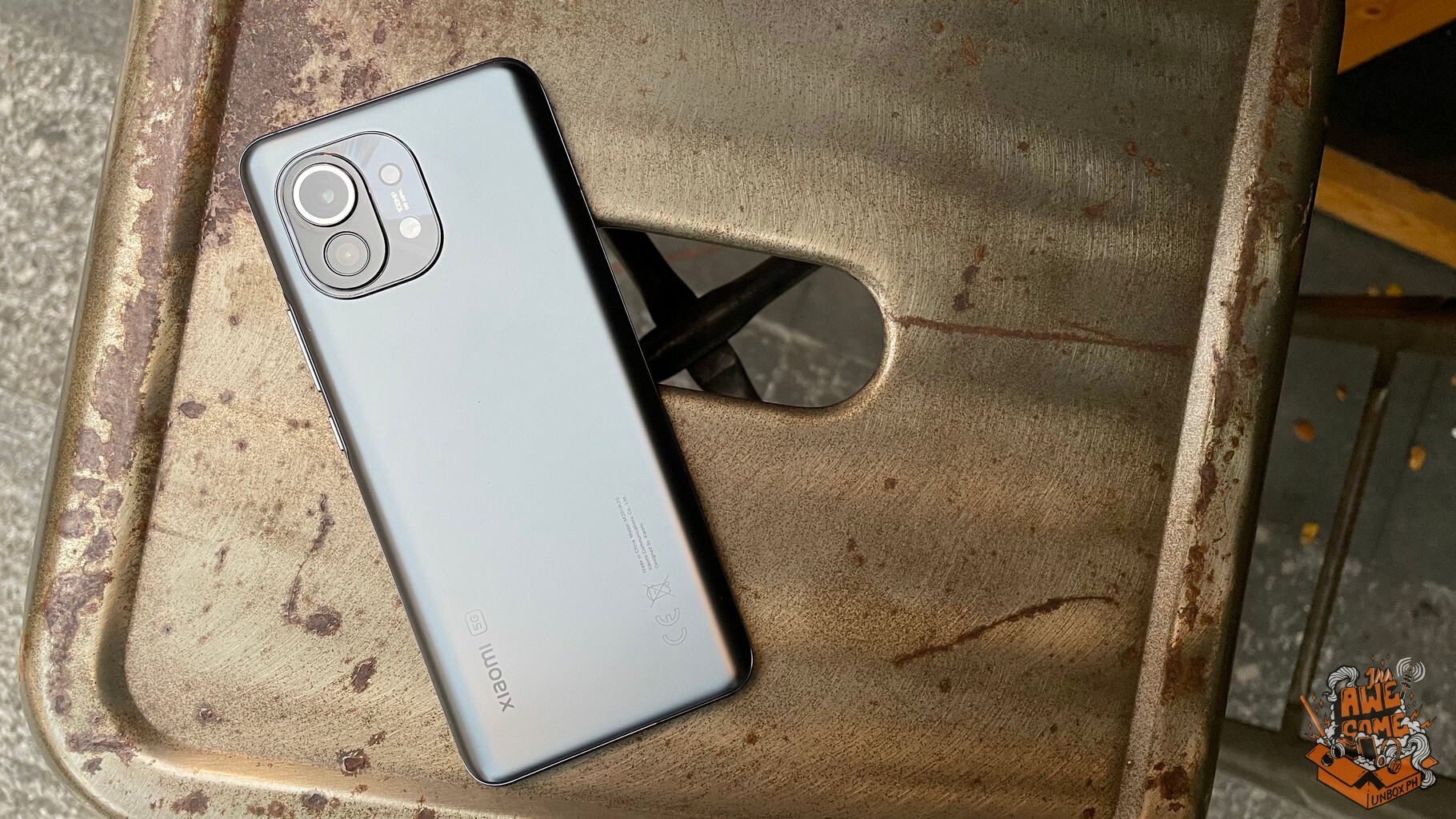
Pros:
- Fantastic 108-megapixel camera
- Incredibly fast performance
- Excellent screen
- Fast charging
Cons
- No IP protection
- Battery life is ok, but not great
Xiaomi Mi 11 Philippines Review Specs:
- Snapdragon 888 processor
- 8GB LPDDR5 RAM
- 256GB UFS 3.1 storage
- 6.81-inch Quad HD+ AMOLED display, 120hz refresh rate, 10-bit color
- 108-megapixel f/1.9 main camera with PDAF, 5-megapixel f/2.4 macro camera, 13-megapixel f/2.4 ultra-wide-angle camera
- 20-megapixel selfie camera
- 4G, 5G
- WiFi, Bluetooth 5.1, in-display fingerprint scanner
- 4600mAh battery
- 55w fast charging
- Android 11, MIUI 12.5
Xiaomi’s flagship phones have always offered excellent value for money, though you’d had to contend with the less than ideal software. That’s no longer the case with the Mi 11 – the phone’s software is as solid as its hardware, making it an easy device to recommend for people looking for flagship hardware for not much money.
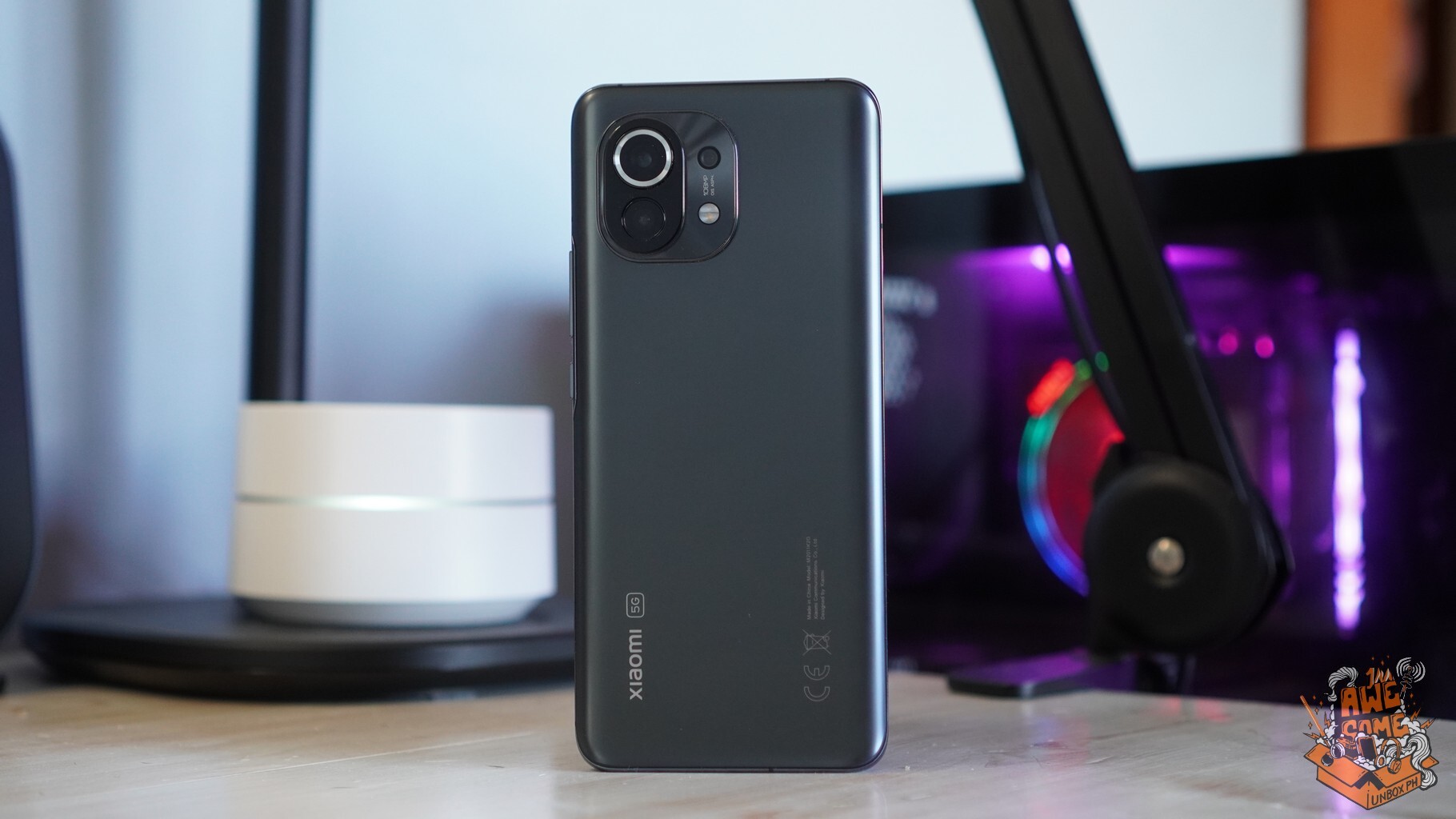
Design
Xiaomi’s been refining the design language of their phones for years, and the result is an aesthetic that’s easily distinguishable from their competitors. The Mi 11 feels just like a smartphone offered by their rivals, at a much lower price point.
The back of the phone is dominated by the triple camera lens module, with the main and wide-angle shooter being the focus of the design.
The rest of the body feels good to the hands, with the device sporting curved edges and sides and a frame made out of aluminum.
Xiaomi isn’t going crazy with the gradient colorways this time around, with only the Horizon Blue color sporting a gradient design. The Midnight Gray and Cloud White color options are more conservative in appearance.
The button layout is typical Xiaomi, with the power and volume rocker on the right, IR blaster on the top, and dual SIM tray right beside the USB Type-C port and speaker grille on the bottom.
Despite the phone feeling and looking like its competitors, the Mi 11 misses out on one key feature – IP resistance. There’s no formal IP rating here, and with the brand’s phones getting more expensive every year you’d think they’d finally include that feature too.

Display and sound
The Mi 11 uses a large 6.81-inch AMOLED panel with a QHD+ resolution (3200 x 1440) that comes packing a 120Hz refresh rate as well as plenty of premium display tech, specifically HDR10+ and 10-bit color capabilities.
The display is protected by Corning’s Gorilla Glass Victus, tougher than the Gorilla Glass 5 that protects the back of the phone.
The sides of the display are curved, with the panel using a 20:9 aspect ratio which makes the phone a little tall.
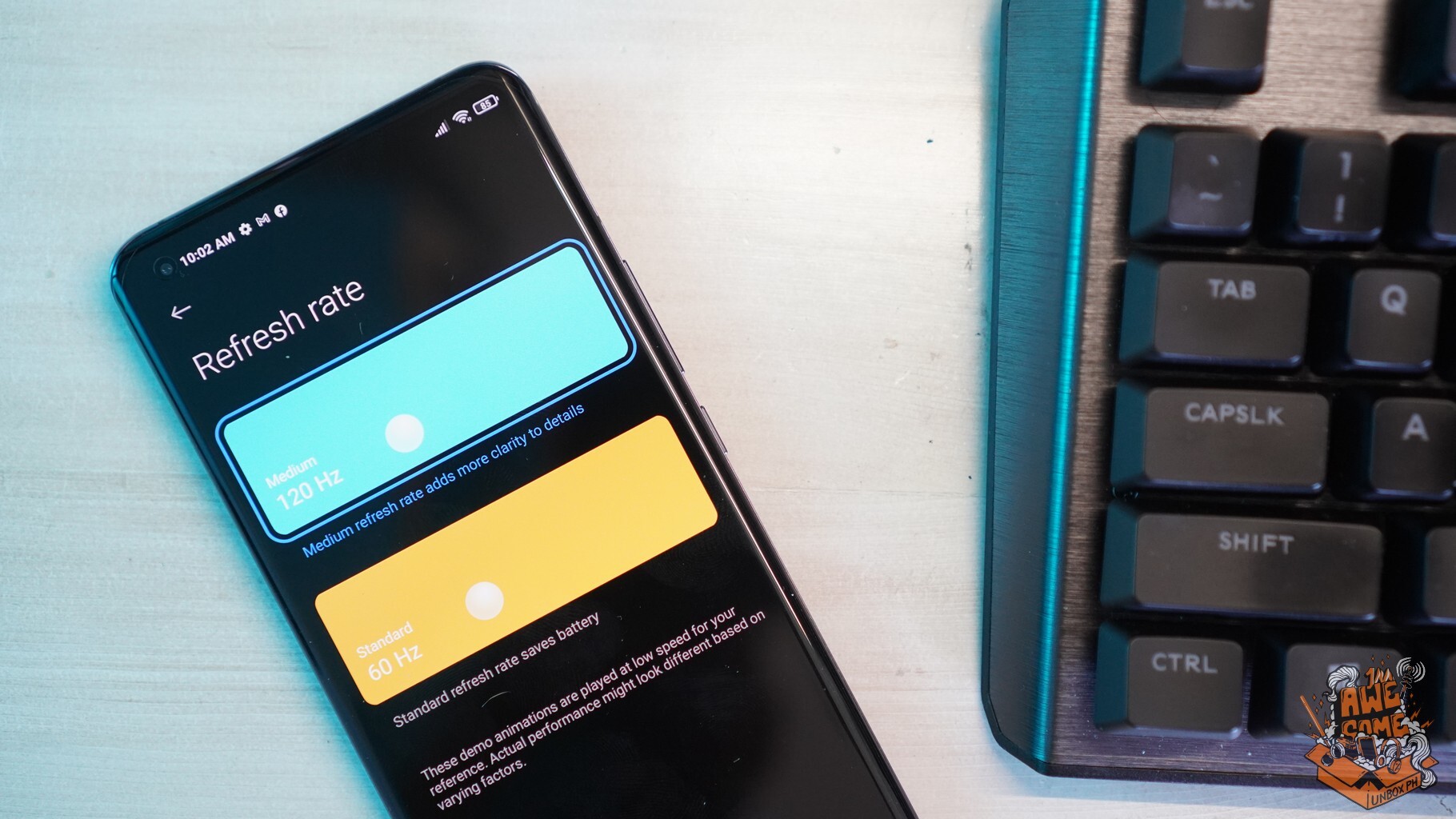
Xiaomi injected special sauce in the phone’s refresh rate, which dynamically changes the refresh rates to 60Hz when you’re simply looking at a static object to save battery.
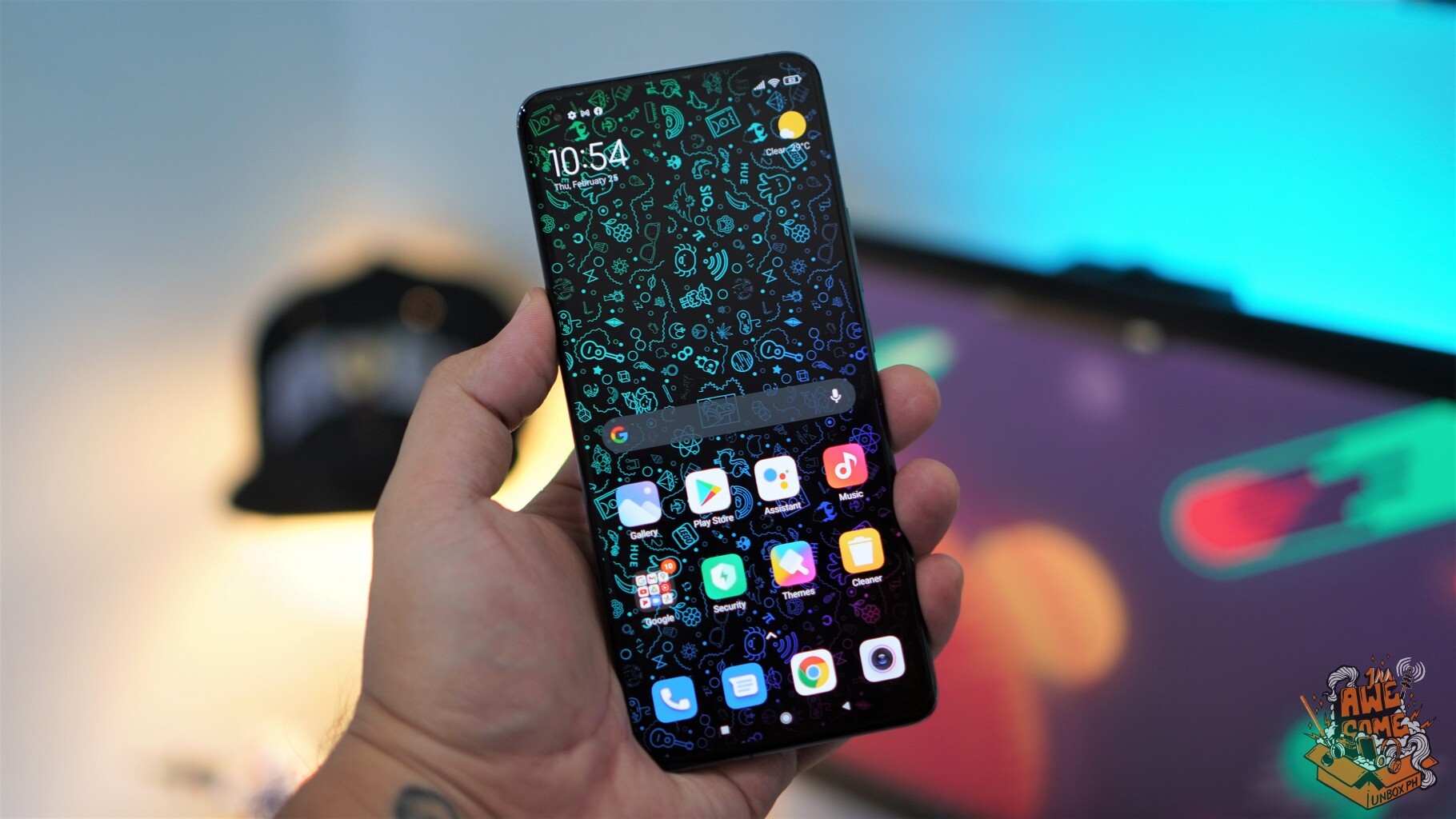
The display also sports a 480Hz touch sampling rate, which makes the panel feel incredibly snappy when you’re playing games.
The display is also one of the brightest we’ve seen and had zero problems tackling direct sunlight.
As for overall sound quality, the Mi 11 pumps out great sound for something so small, though it gets a little more strained at higher volumes.
Camera
Xiaomi’s Mi 11 only has three cameras in the rear, which is a marked departure from the current trend of companies stuffing as many sensors as they can fit on the back of their flagships.
The main shooter is a 108-megapixel ISOCELL Bright HMX sensor, the same snapper on the Mi 10 and Mi 10 Pro. This particular camera sensor is around 1/1.33″ big and uses a Quad-Bayer RGGB arrangement, producing photos that are 27-megapixels in size.
That’s paired with a stabilized 8-element lens and an f/1.85 aperture.
The secondary sensor is an ultra-wide, 13-megapixel OmniVision OV13B10 sensor paired with an f/2.4 fixed-focus lens. A 5-megapixel f/2.4 macro lens tops off the camera module.
Daylight shots with the Mi 11 are very, very good, which is expected for a phone of this caliber, in almost all lighting conditions. Xiaomi’s been refining their camera game for a while now, and the Mi 11 is proof that they’re getting really close to perfecting it.
One of the main marketing messages for the Mi 11 is Movie Magic, with Xiaomi pushing the phone as the perfect device for shooting video. To make this happen, Xiaomi integrated 4-axis stabilization on the main shooter as well as EIS on both the main shooter and wide-angle camera.
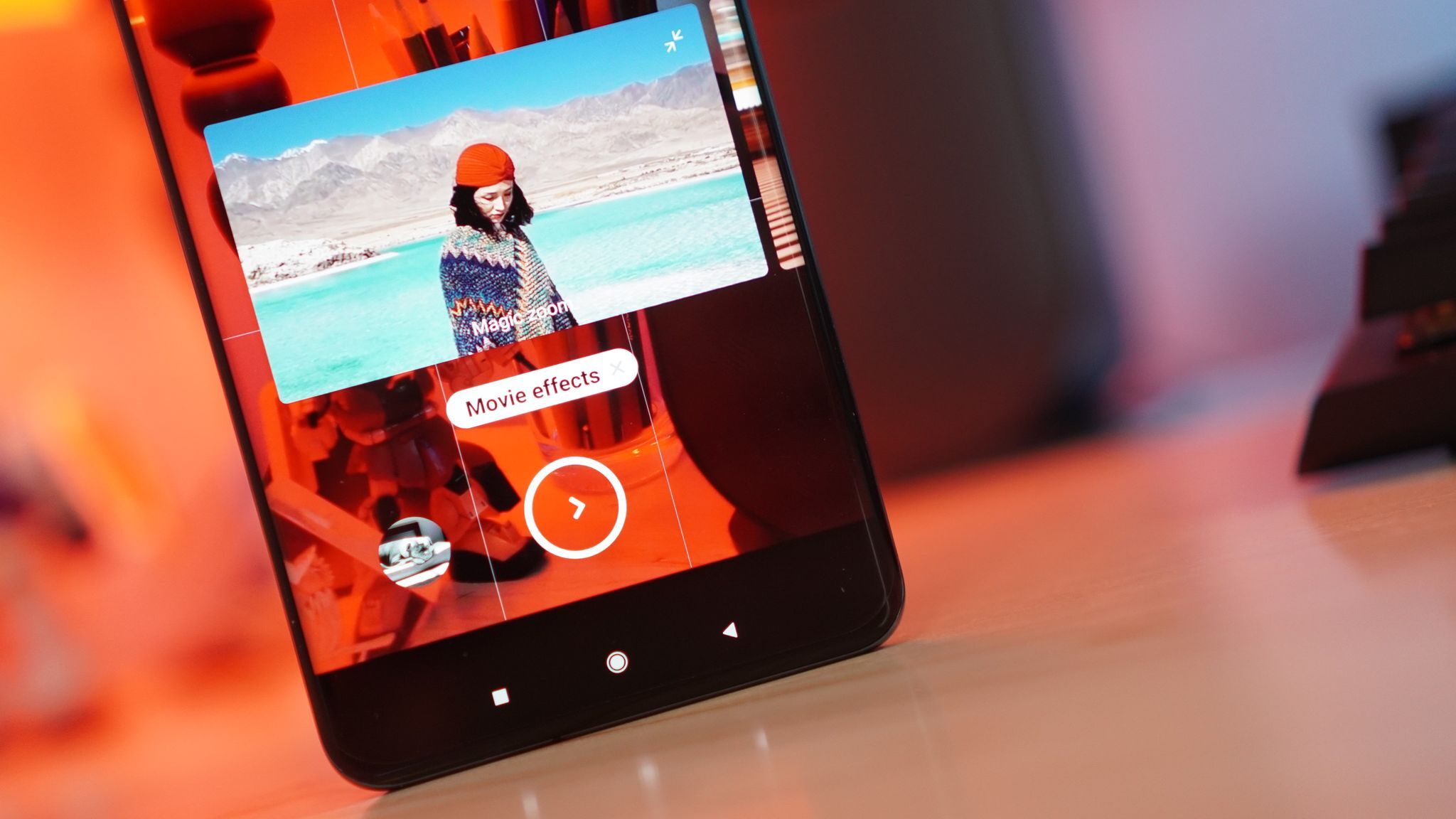
You can capture video at 4K 60 FPS and 8K video at 30 FPS. There’s also a bunch of software enhancements in the camera that inject movie magic into your shots: slow shutter effects, time freeze, zoom effects – all the things that Xiaomi thinks will make you a better mobile filmmaker.
Performance, battery, and software
The Mi 11 is one of the first phones ever announced to come with Qualcomm’s new Snapdragon 888 chipset. Specs of the new processor are impressive: 5nm build process, four Cortex A55 cores up to 1.8GHz, three Cortex A78 cores that go up to 2.42GHz, and a new Cortex X1 core that hits 2.84GHz.
The processor is incredibly fast and hits the benchmarks hard, though that being said you won’t notice a significant improvement over performance if you’re already daily-drive a Snapdragon 865+ phone. The biggest test for the chipset will the next few years as Android games and apps start to become even more computationally complex, but for right now the processor is quick, fast, and makes short work of anything you can throw at it.
As far as storage and RAM are concerned, the Mi 11 comes with 8GB of LPDDR5 RAM and 256GB UFS 3.1 storage, more than enough for most people nowadays.
We did run into heating issues with our Mi 11 review device when we were running synthetic benchmarks, though it’s important to note that our device used during the review was an engineering pre-production unit – retail devices may not have that issue.
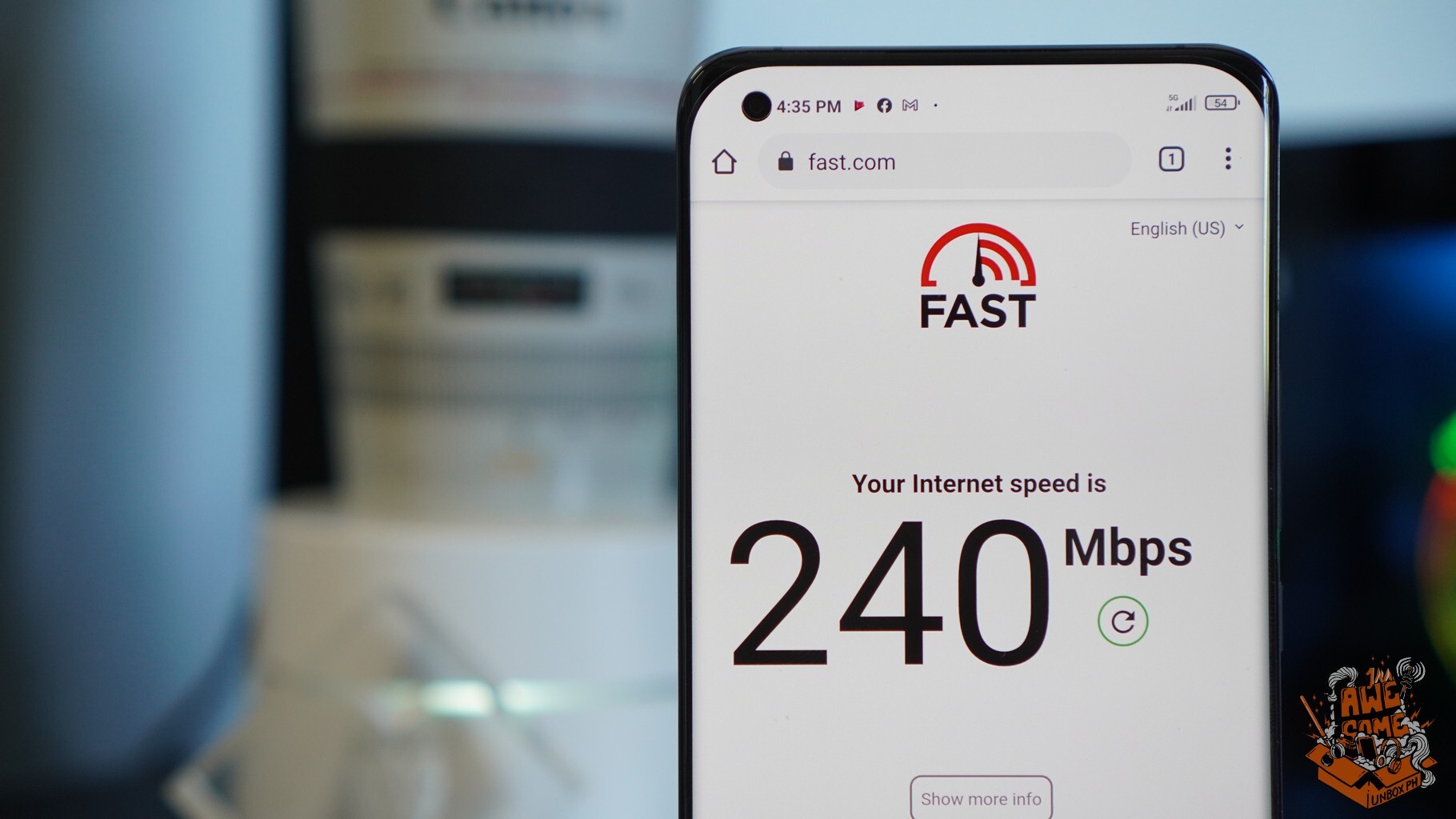
The phone is also 5G ready and will be able to work on both Smart and Globe’s network without any issues.
As good as Xiaomi is when it comes to building hardware, the software side of things hasn’t been as rosy. This has changed with the Mi 11 and MIUI 12 built on Android 11, with the brand eliminating many of the annoying software issues that we encountered on the previous builds of their phones.
There are no more ads and spam notifications that made life difficult for us on previous devices, and you finally get an app drawer if you choose. The phone now looks much more in line with the offerings of Samsung or Google, for example, which should further entice customers from both camps to jump on and switch brands.
The phone gets a 4600mAh battery and has fast charging capabilities in both wired and wireless charging modes (55W and 50W respectively). While 4600mAh is a little short of the expected 5000mAh standard we’ve been seeing recently, the phone’s power-efficient processor allowed it to run for 12 hours and 33 minutes on our punishing battery benchmark test.

Wrap-up and verdict
Xiaomi has finally all the pieces of the puzzle in place for their flagship phones. The Mi 11 has fantastic cameras, class-leading hardware, and a UI that won’t look out of place in their competitor’s offering. Add while the phone is pricier than previous models offered by the brand, it’s still far more affordable than what the competition is offering by a large margin, making the Mi 11 the perfect choice for people obsessed with getting the most out of their money.
Xiaomi Mi 11 Review Philippines: Price
The Mi 11 is priced at 36,990 for the 8GB/256GB variant. It will be available for starting March 13 at Xiaomi official stores on Lazada and Shopee, and offline at Authorized Mi Stores and other official retailers in Philippines.


